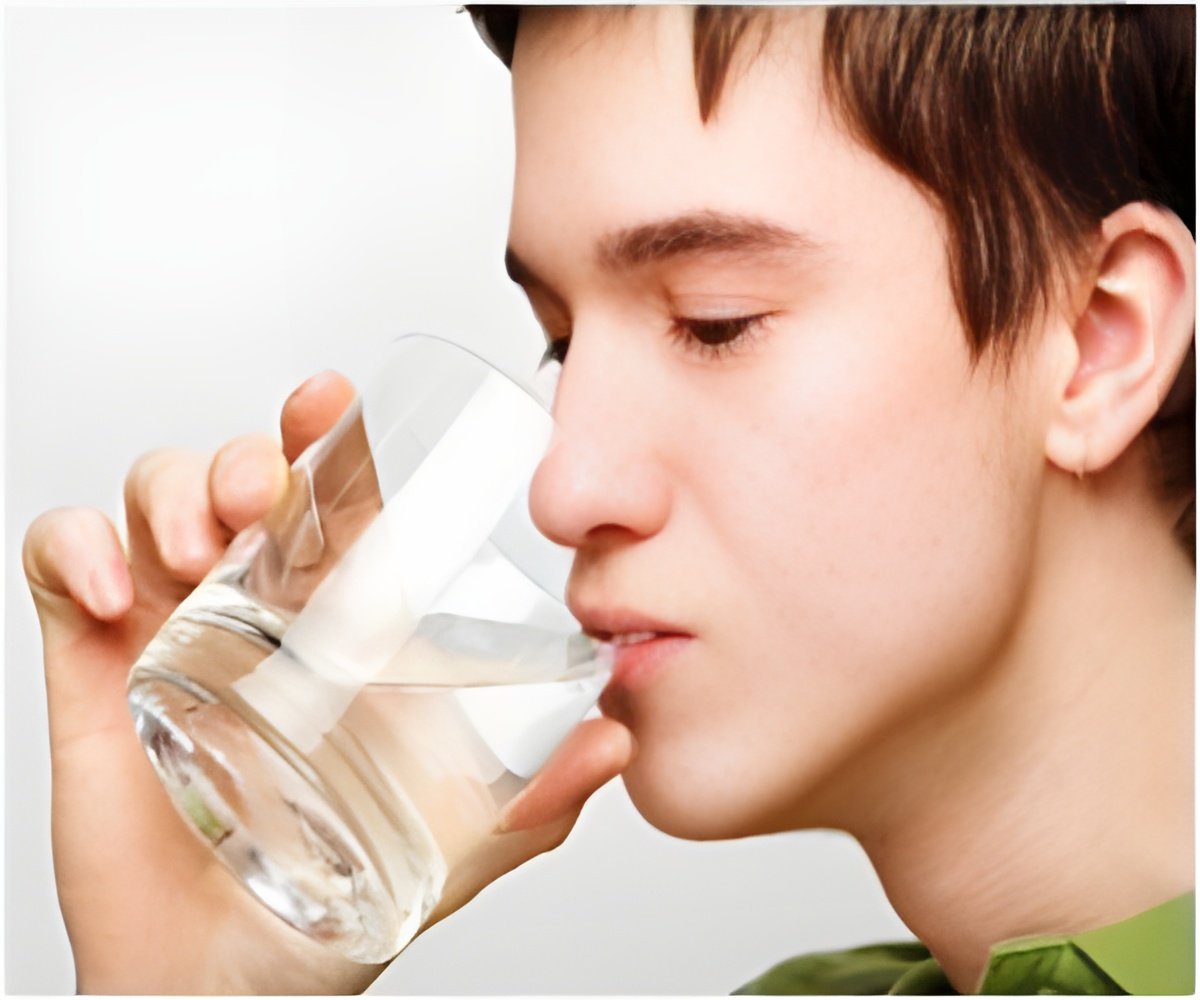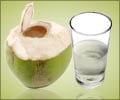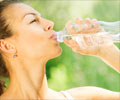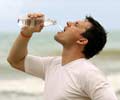USDA had mandated access to free drinking water at schools during lunchtime, which went into effect during the start of the 2011-2012 school year

The USDA requirement was designed to give students better access to free drinking water during lunchtime. Investigators found that most schools met the requirement through drinking fountains in the cafeteria, water pitchers on lunch tables, cups to use at drinking fountains, or by providing free bottled water. While most schools were in compliance with the new regulations, the study found that schools in the South were more likely to meet the requirement than schools in any other region of the United States. "This is consistent with other nationally-representative research showing that school districts in the South have made faster progress in developing nutrition-related school wellness policies, and that they have stronger policies than do districts in other regions of the US," says corresponding author Lindsey Turner, PhD, Research Scientist at the Institute for Health Research and Policy at the University of Illinois at Chicago.
The study also looked at potential obstacles that might prevent students from taking advantage of free drinking water. Researchers found that although most study respondents indicated that the drinking fountains in their school were "clean" or "very clean," there was still worry about drinking fountain cleanliness. Water quality was also an issue, with about one-quarter of middle and high school students attending schools where respondents indicated they were at least "a little" concerned about the quality of the drinking water.
Another issue that might prevent students from fully utilizing the free drinking water is ease of access and use of drinking fountains. "Although many schools rely on water fountains," explains Dr. Turner, "fountains may not be very effective at encouraging water consumption. The elementary students may need permission to get up, and if water is not available on the table with the meal, students must make a special trip and may have to wait in line to get water. So in terms of practicality, drinking fountains may not meet the need for access to water during meals."
The Academy of Nutrition and Dietetics reports that between 1977 and 2001, soft drink consumption increased 48% among children ages 2 to 18 years old. The rising rate of kids drinking SSBs is associated with a decrease in milk consumption. The Academy states that soft drinks "have a dilutional effect on the intakes of many essential micronutrients" and raise children's total energy intake, which can contribute to obesity.
By making clean drinking water easily accessible to the over 30 million children participating in the National School Lunch Program, schools are taking the first steps towards decreasing the amount of SSBs children are likely to consume; however, there is still a long way to go before kids are getting their daily recommended amount of water.
 MEDINDIA
MEDINDIA



 Email
Email









